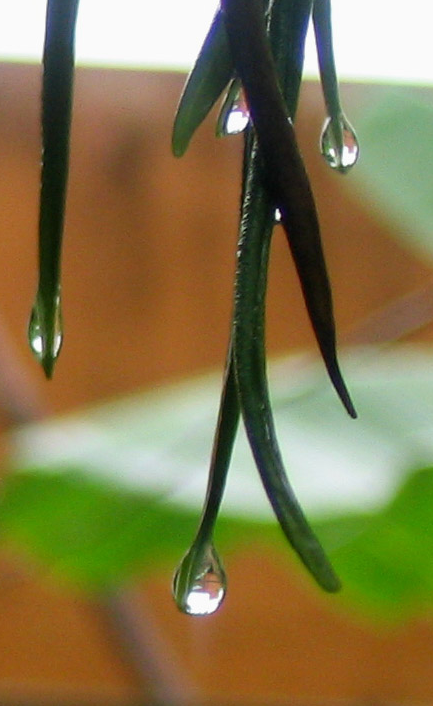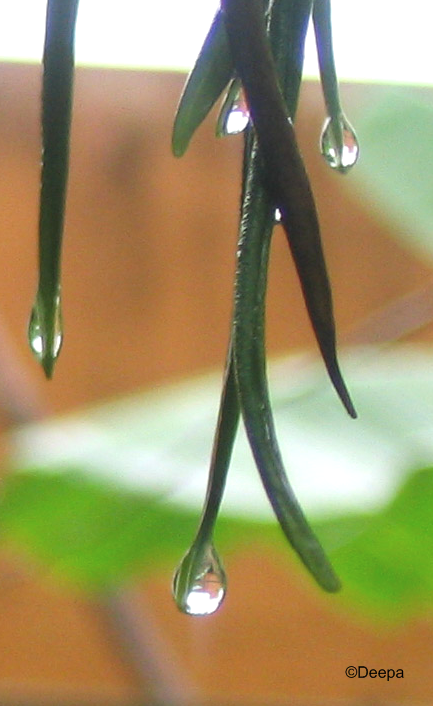Not all of us are happy with the image that blogger gives for the header.. sometimes it doesn’t fit well with the concept of the blog…. and searching the internet for a relevant picture that conveys the idea behind your blog(Title) is time consuming and cannot guarantee success.
You may have a certain collection of pictures… when put together might give a boost to the appearance of your blog… but don’t know how to go about it… Never mind.. just read the instructions and you will have your own custom header… Checkout the Header here
Just for starters.. I have two images here.
JUST 4 PICS PUT TOGATHER…. NO SPECIAL EFFECTS-
Here…I HAVE MERGED THEM TO GIVE A SINGLE-PIC-LOOK
The idea is to combine the 4 pictures and create a new one that appears to be a single picture…. I have used 20 images to create a custom header for My Photoblog.. check it out
I have used Photoshop to achieve this effect.. Few important guidelines before going about creating your custom collage
PHASE-1
- Decide on the dimensions of the final picture you want (normal header is 980 x 200)
- Create copies of the pictures u want to collaborate ( this way you always have the originals to fall back on incase your attempts go hay-wire)
- Get used to working with the TRANSFORM OPTION…….
- Resize the picture window.. so that you can clearly see all 4 corners ( by clicking and dragging the right corner of the picture window)
- Select the entire picture — Ctrl + A
- EDIT-FREE TRANSFORM (or)—-Ctrl +T
- Notice the change in the cursor when you position it over the anchor points (change to double headed arrows) at the corners and in the Left &Right sides (and) at the Top & bottom
- Click and drag the points in the sides..
 .. this will alter the width of the picture
.. this will alter the width of the picture - Click and drag the points at the top / bottom ..
 .. this will alter the height of the picture
.. this will alter the height of the picture - Click and drag the point at the corner..
 .. will alter the width & height at the same time
.. will alter the width & height at the same time - Click and drag the point at the corner while keeping the SHIFT key pressed…. will alter the width & height and also maintain the ratio between the height and width
- Click and drag the points in the sides..
- Notice the cursor change to circular shaped arrow when positioned at a certain angle in the corner
- Click and move the mouse…. this will turn the picture at an angle
- Hit ENTER once you have decided to apply the changes
- IF you donot wish to apply changes.. click on any tool… and a message-box will pop up asking if you would like to apply the changes.. just say DONOT APPLY
- Some information about Layer Mask ( IMPORTANT.. WE WILL BE USING A LOT OF THIS HERE)
- As the name suggests… it links to the layer which holds your picture
- WHILE DRAWING ON THIS LAYER… those areas are rendered invisible in the picture ( I WILL TELL YOU HOW).. this is called masking selective areas in the picture
- In case you have masked the wrong area.. and want to undo.. use CTRL+Z
- Even after undoing.. you are not happy… no need to panic and delete the entire file
- Just right click on the link symbol that appears between the image and the mask

… and give DELETE LAYER MASK - Your picture is again back in its original state
- You may add a new Layer Mask and continue with masking the way you want it to be
- Start with a 400×300 image that holds 2 images….. just to get acquainted with the whole process of the before and after appearance … before trying the 980×200 image for header
PHASE 2—–INSTRUCTIONS TO CREATE YOUR COMPOSITE HEADER
- Open Photoshop and create a new file giving the dimentions …. Lets name it Collage.psd
- Have a Transparent Background
- Open the all the images that you want to combine…( ALWAYS SAVE YOUR ORIGINAL IMAGES AND … USE ONLY THE COPIES HERE)
- We are going to resize & transform the images so that they fit into the New file.. ie Collage.psd
- Select IMAGE-1 and use the TRANSFORM TOOL to resize and rotate ………….. PHASE1–STEP3
- Apply changes by hitting ENTER
- You will notice that the resized picture is already selected …(take care not to click anywhere at this point)
- Copy using Ctrl+C ( or Edit- Copy)
- Click on the New file …Collage.psd
- Paste using Ctrl+V ( or Edit-paste)
- You will notice that the image is added as a new layer in your layer pallete
- If the resized image is too large / small… donot worry.. just click CTRL+T to transform the image
- Increase / Decrease the size… or rotate the picture… and hit ENTER when you are satisfied
- Use the Move Tool to move the IMAGE-1 at a position you feel best

- Select the layer whose areas you want to render invisible… and look here
 at the bottom of the layer pallete
at the bottom of the layer pallete - Click on
 in the layer palette to
in the layer palette to  add the layer mask
add the layer mask - You will notice that the image layer has changed to this

- Notice the double outline around the Mask-Layer… this means that the "Layer Mask in selected"
- Always make sure that the Layer Mask is selected when you begin the Masking process
- Make sure that the MASK LAYER IS SELECTED
- Click on the Brush-Tool
 … if you see a pencil the
… if you see a pencil the
n click and hold the mouse button down a little longer… you will see the brush… then click it - In the Brush Tool bar ( Seen at the top… just below the Menus)…
 … click on the down arrow to adjust the diameter of the brush…ie…
… click on the down arrow to adjust the diameter of the brush…ie… make the brush large / small
make the brush large / small - Similarly adjust the strength / hardness also
- Select the various styles of hardness from the list given
- Make sure that the foreground color is black

- Once again make sure that the MASK LAYER IS SELECTED.… the double outline at the mask layer

- Now just click on the image.. at the area which you wish to conceal
- Notice that the particular area is faded & erased.. revealing the image underneath
- Also notice that the Masked-Layer (in the layer palette) will show patches exactly in the same areas where you had concealed.. SAVE collage.psd
- Continue procedure…. (h) (i) (j) till you have masked ( hidden) the relevant parts of the image
- Once you are satisfied with the appearance of this layer… choose another image ( which is in another layer) and repeat the processes from STEP-9 ( a,b,c,d,e) STEP -10 (a,b,c,d,e,f,g,h,i,j,k,l)
Hope I have included every conceivable obstacle that you might face… incase I have missed out any do let me know by dropping a word at the comment section.. Once you get the feel of working with Layer Masks… there is no stopping at the effects you can achieve in matter of minutes. I insist that you experiment with the procedure listed above by choosing 2 pictures and merging them as one… by using layer masks…
Once your Eyes & hands work in synchronization … then you can go about merging ‘n’ number of pictures to give yourself a customized image that can be used in the header – background .. or just plain composite image .
If this post has been helpful to you.. do drop a word of appreciation. Your appreciation is my motivation








